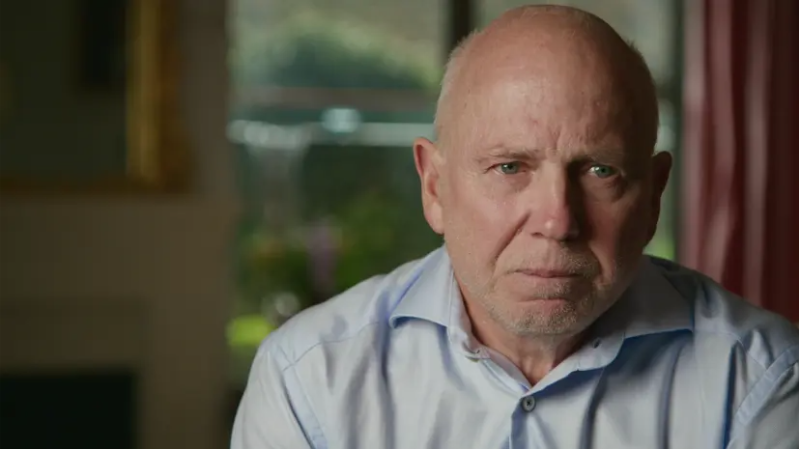
Those who followed the Polkinghorne murder trial that captivated the nation last year will know two voices were absent from the witness stand: Dr Philip Polkinghorne, charged with murdering his wife Pauline Hanna, and his former mistress Madison Ashton, an Australian sex worker.
Polk: The Trial Of Philip Polkinghorne, a three-part documentary series set to air tonight on Three, plugs those holes in what was already extensive media coverage of the nine-week trial that ended last September.
Polkinghorne, a retired eye surgeon, was found not guilty by a jury with his defence team framing Hanna’s death as a suicide after years of depression. He did plead guilty to drug possession after police found $10,000 of methamphetamine stashed around the couple's expensive Auckland home in the exclusive suburb of Remuera.
In the documentary interview with Polkinghorne, which was taped before the trial, he adamantly denied being a drug user and instead blamed his deceased wife.
It makes for uncomfortable television. While there are no confessions or new evidence in Polk, the series dips deeper into the complicated characters and trial. It takes a convoluted narrative, including the complexities of a trial, and ties it up in a digestible, emotive package while adding to the conversation.
At times in the interview, Polkinghorne is emotional over his wife’s death. In other moments, he coldly lists his critiques of her character such as her alleged “chronic lateness.” In a weird but fleeting blip in the interview, Polkinghorne says Hanna became deranged the night of her death following a Covid vaccination a day earlier. He claims the vaccination caused encephalitis, swelling of the brain (a rare vaccination side effect).
“I think that is what is really interesting about the documentary is you get to see the different versions of him,” says Mark McNeill, an executive producer of Polk.
He said the film doesn’t take a point of view and viewers will take from it what they will. Polkinghorne declined requests for another interview following the trial.
“There is plenty in there that some people can take as being a backup for saying he is guilty. Some people will take something as a backup for saying he is not guilty,” says producer Polly Fryer.
“I think there are both sides of those in there.”
Extensive screen time in the series is given to Ashton, the former mistress, and she is a gift to the filmmakers. Through her prolific phone use, she provides personal footage and images of what she claims is Polkinghorne's later-in-life descent into drug addiction (he was 71 at the time of the trial).
But like Polkinghorne, her character is hard to pin down.

She details how she reignited her relationship with Polkinghorne following his arrest in a rogue attempt to extract a confession. However, she was a no-show in court as the Crown’s star witness.
“I hear a lot of comments that have her as a very stereotypical person and having met her you realise that she is a lot more multi-layered and dimensional,” says McNeill.
Other characters in Polk are common in true crime documentaries. The Crown prosecutor, Alysha McClintock, sits down for an interview, as do Hanna’s brother, Bruce, and friend, Pheasant Riordan.
Some time is spent with private investigator Julia Hartley Moore, who is an executive producer on Polk and secured the interview with Polkinghorne. Moore believes Hanna anonymously called her several months before her death potentially to start investigating her husband's mysterious business dealings.
The filmmakers said they were conscious of reminding viewers that this is a story about a woman who met a tragic end, whatever way that happened.
That’s why the first and last images in the series are of Pauline Hanna.













